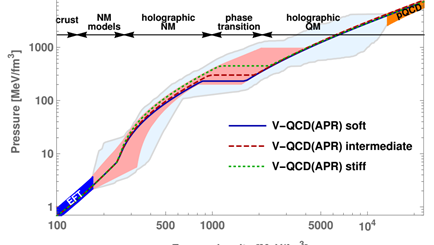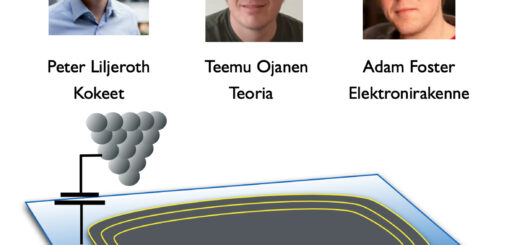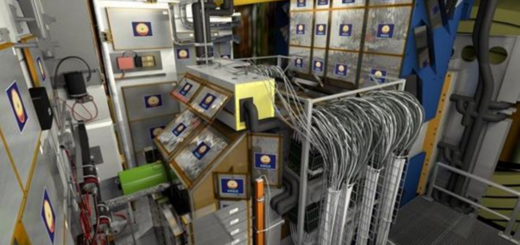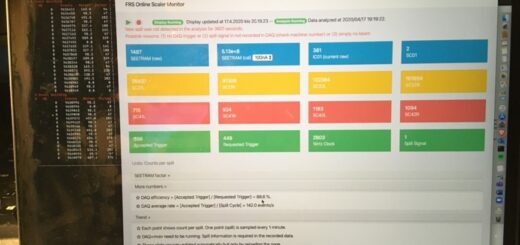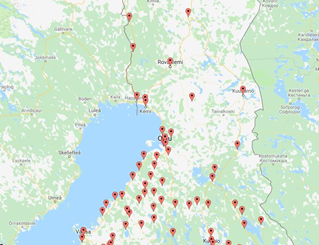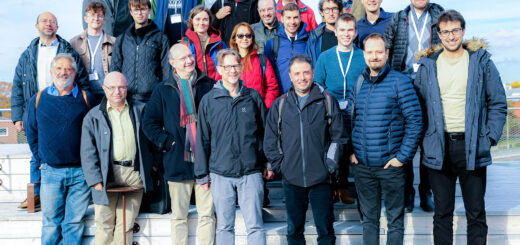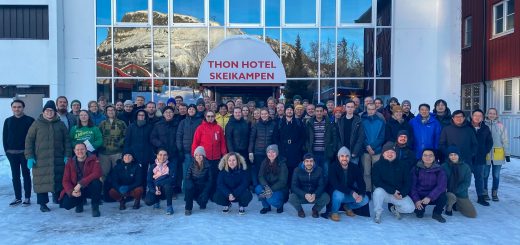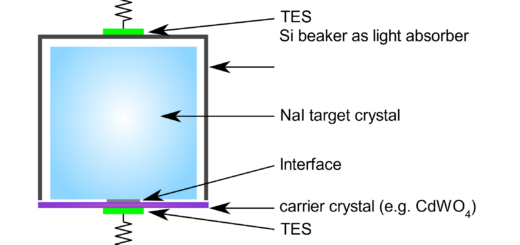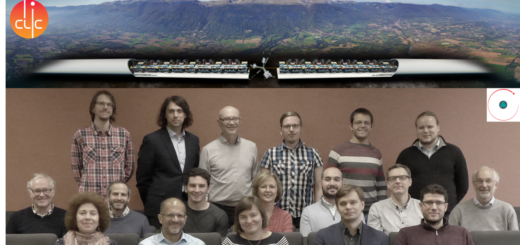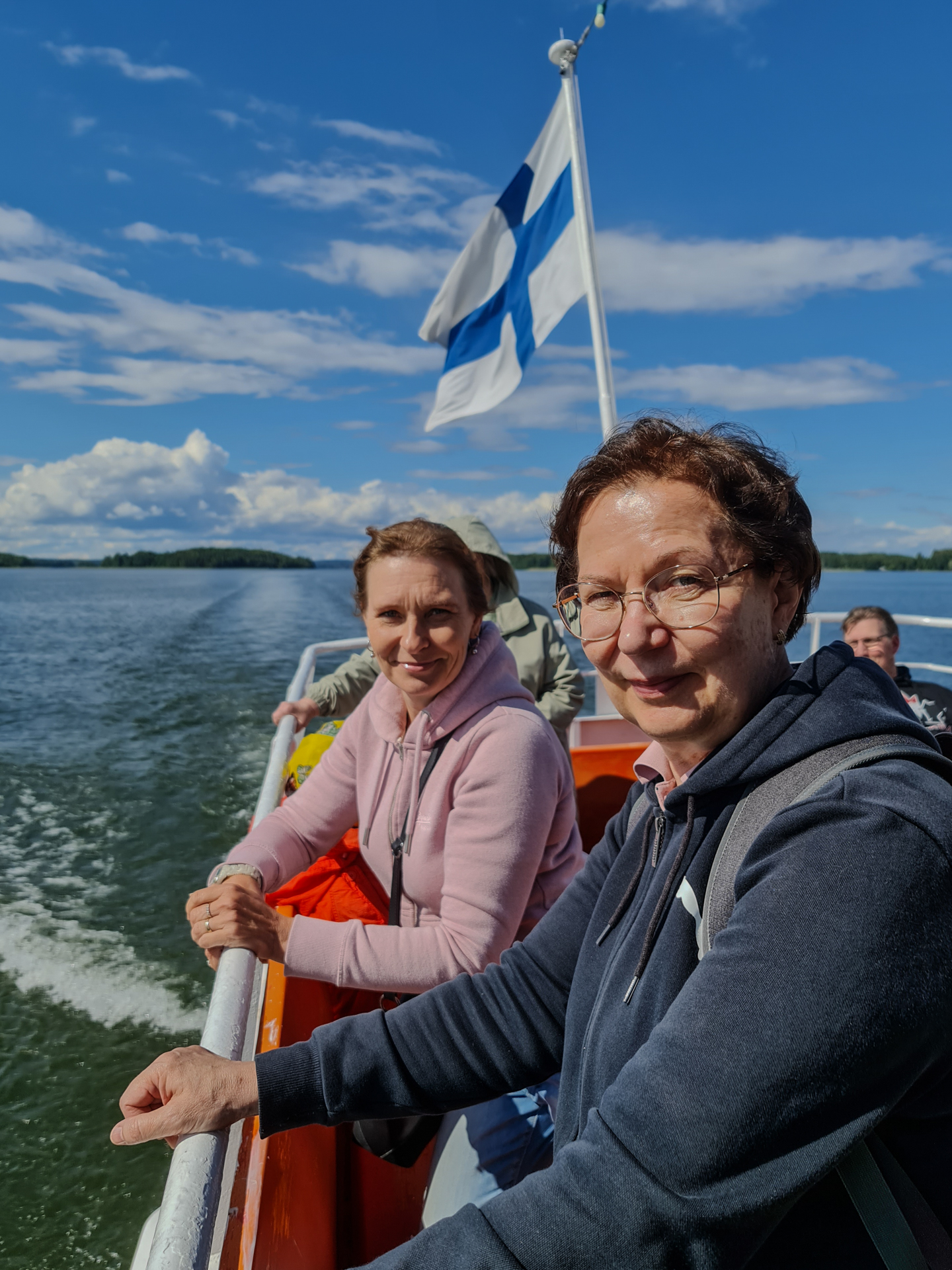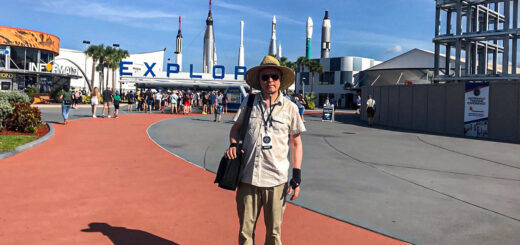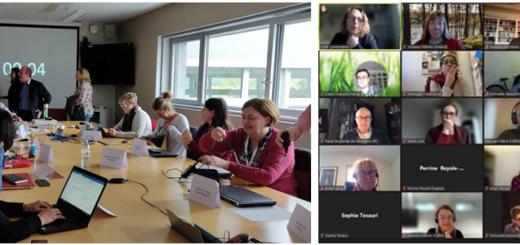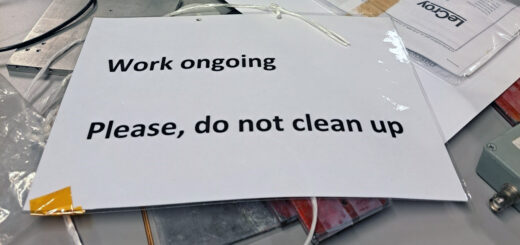CERN, Finland and International relations
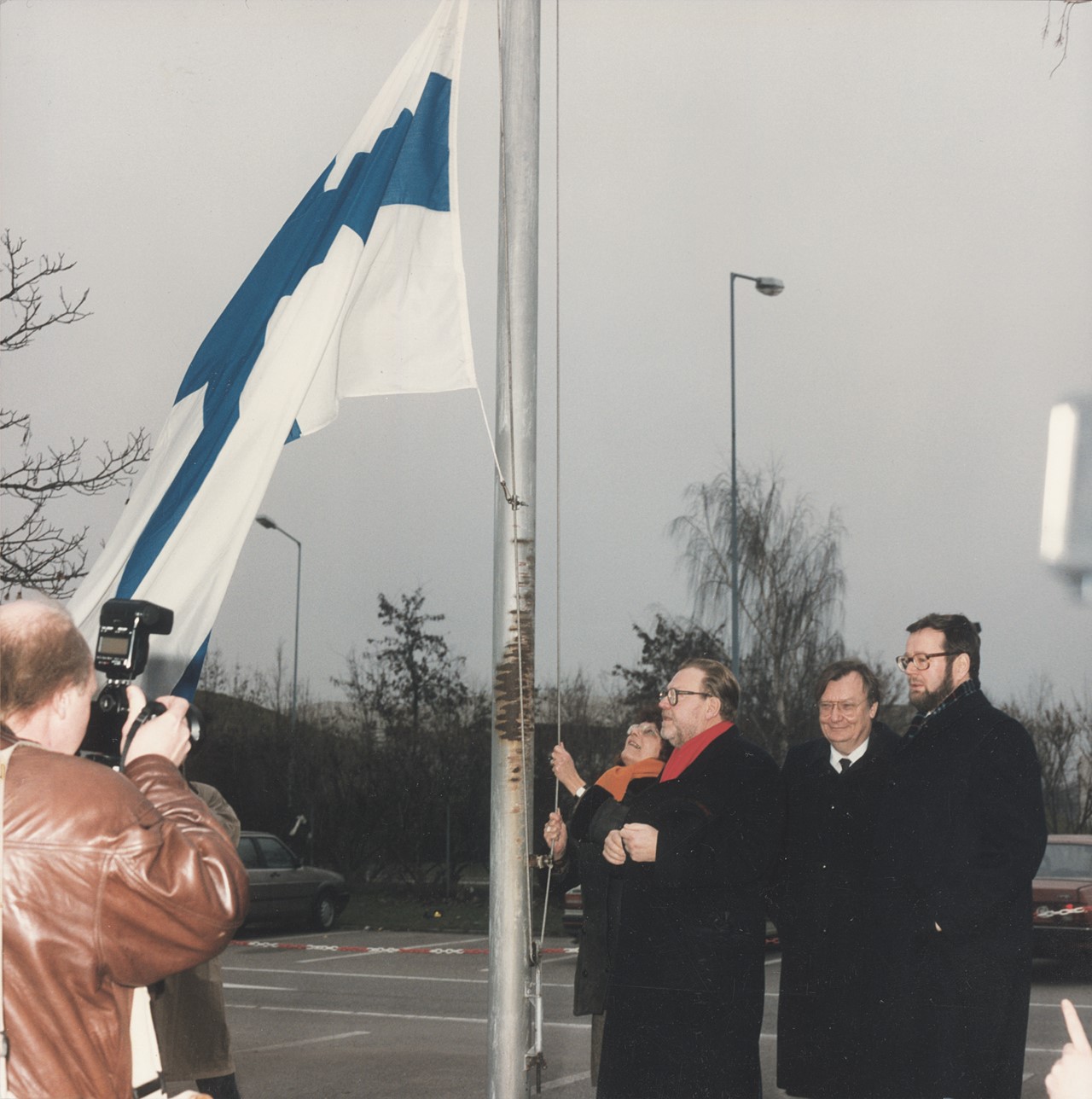
Basic physics research is global in nature. It establishes laws that are valid everywhere on Earth, and apparently in the whole Universe. The research is mostly not driven by short term commercial or military interests. This has allowed physicists to serve as bridge-builders between politically competing regions. CERN provides a good example. Following the devastations of World War II Europe was in need of joint projects that would generate collaboration and restore the region’s scientific prowess. CERN’s convention states: “The Organization shall have no concern with work for military requirements and the results of its experimental and theoretical work shall be published or otherwise made generally available.” The convention was signed in 1953 by 12 founding states: Belgium, Denmark, France, the Federal Republic of Germany, Greece, Italy, the Netherlands, Norway, Sweden, Switzerland, the United Kingdom and Yugoslavia.
The Soviet Union soon responded to the establishment of CERN. The Joint Institute for Nuclear Research (JINR) in Dubna near Moscow is an intergovernmental organization established through a convention signed in 1956. Of the eleven founding states the USSR initially contributed 50 percent of the expenses and the People’s Republic of China 20 percent. JINR has at present 19 Member States: Armenia, Azerbaijan, Belarus, Bulgaria, Cuba, the Czech Republic, Arab Republic of Egypt, Georgia, Kazakhstan, D. P. Republic of Korea, Moldova, Mongolia, Poland, Romania, Russia, Slovakia, Ukraine, Uzbekistan, and Vietnam. According to its charter, JINR exercises its activities on the principles of openness to all interested states.
In the aftermath of World War II Finland was careful to balance its collaboration with the two sides of the iron curtain. Joining CERN and JINR was not on the agenda due to the modest national research activities. Research and teaching in elementary particle physics began in Finland only in the 1960’s, mainly at the initiative of professor K. V. Laurikainen [1]. Following a period of discussions and negotiations the collaboration with CERN and JINR started in 1967 on an “ad hoc” project basis. A more formal agreement with JINR followed in 1973. Finland did not need to pay for the infrastructure costs at CERN and JINR, only for the expenses of its own researchers and for the equipment to analyse bubble chamber pictures in Helsinki. This arrangement was a privilege for Finnish physicists. For example, as a beginning graduate student in Helsinki I was able to spend two years (1969-71) at the CERN theory division, practically in the position of a regular CERN (postdoc) fellow.
The situation of Finland gradually improved, both politically and economically. By the late 1980’s Finland’s per capita GNP was among the highest in the world (due to an overheated economy, as it soon turned out). At the same time the collaboration of Finnish physicists with CERN had expanded, becoming comparable to that of some member states. Experimental collaborations were using big multi-purpose detectors to which the participating universities contributed also financially, in addition to the CERN membership fee of their country. A Finnish group joined the UA1 experiment at CERN in 1979, and so took part in the discovery of the W and Z bosons in 1982. These developments made it difficult to motivate the advantageous ad hoc agreement Finland had with CERN.
The arguments by Finnish particle physicists in favour of CERN membership, together with increasing interest from CERN, generated lively discussions in Finland. The annual CERN membership fee was at the time more than 70% of the total funding for natural sciences in the Finnish research council (the Academy of Finland). An efficient use of CERN’s facilities would imply further expenditures. Some of the costs were to be compensated through orders from CERN to Finnish industry, and the opportunities to train young physicists and engineers at an international center of excellence would be valuable. Nevertheless, scientists in other fields and those responsible for Finnish science policy generally felt that CERN membership was far too costly.
Meanwhile, there was a transformation of the political landscape in Europe. The iron curtain was crumbling, culminating in the fall of the Berlin wall in November 1989. Finland had increased possibilities to orient itself towards the West. Aspirations to join organisations such as the EU were, however, hampered by the abstention from joint projects such as CERN. It became clear that several countries in Eastern Europe would soon join CERN, making Finland’s special arrangement even more conspicuous. Thus political priorities clinched the issue. Official negotiations with CERN started in August 1989, aiming at full membership. Finland joined CERN in January 1991, soon followed by Poland in July and by the Czech and Slovak republics two years later. In 1995 Finland became a member of the European Union, together with Austria and Sweden.
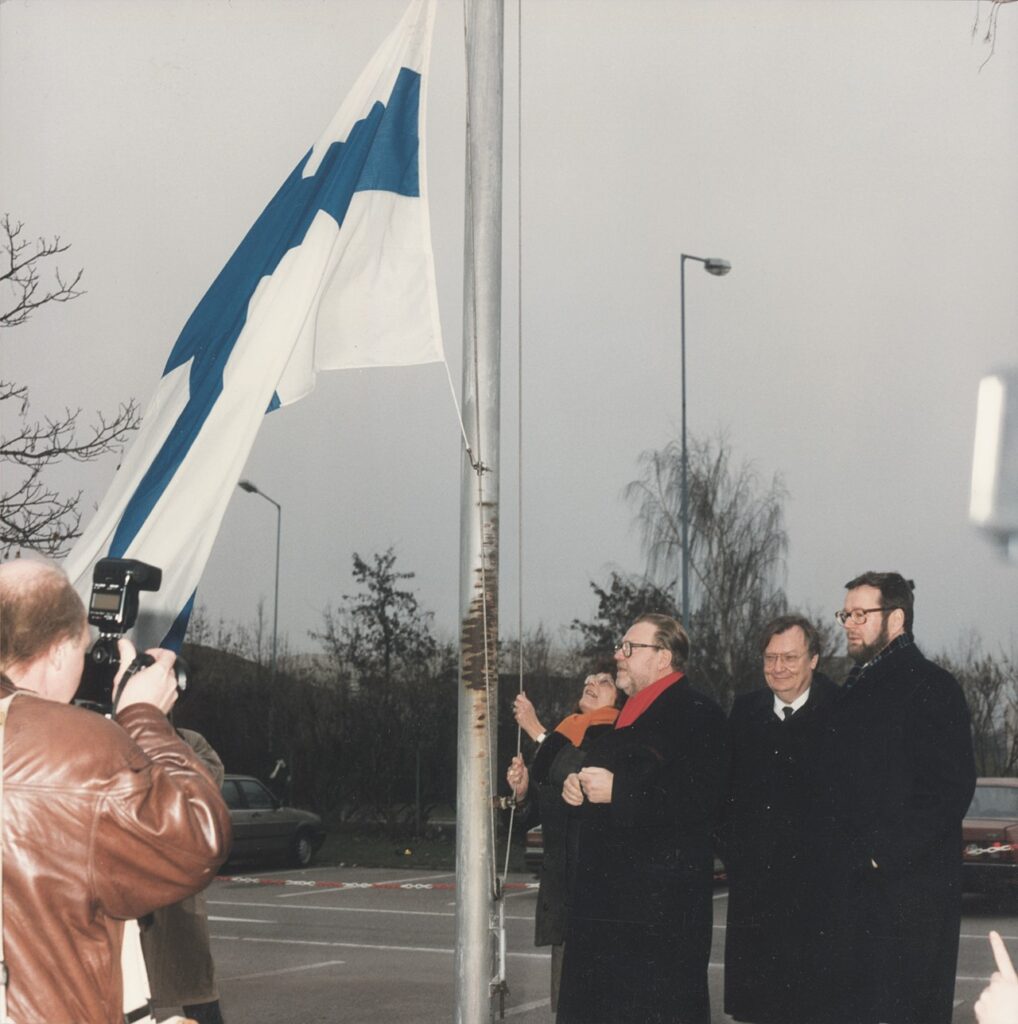
CERN membership was an important milestone in opening Finnish science to international collaboration. Finland joined the European Space Agency (ESA) in 1995, at a cost that was considerably higher than CERN’s. Membership in the European Southern Observatory (ESO) followed in 2004. Science funding turned out not to be a zero-sum game.
Relations between CERN and JINR
Throughout its existence CERN has promoted collaboration with physicists in all countries. The arrangements have often been flexible, as evidenced by its early support of Finnish researchers. Scientific relations of CERN with the Joint Institute for Nuclear Research in Dubna date back to 1957, were formalized in 1963 and contributed to bridging the gap between East and West. Until 1990 this was the only possibility for many East European scientists to participate in CERN research. Over the years, JINR substantially contributed to CERN facilities, including the LHC accelerator and its experiments CMS, ATLAS and ALICE. CERN and JINR started to organise joint schools for young scientists in 1970. The first school was held at Loma-Koli in Eastern Finland, with Finnish physicsts serving on the Organisation Committee and as Scientific Secretaries. The joint school was again held in Finland in 1981, and most recently in Portugal in 2017.
The attack by Russia against Ukraine on 24 February 2022 meant an abrupt end to all collaboration between western states and Russia. The CERN Council declared that it terminates CERN’s International Cooperation Agreements with the Russian Federation and the Republic of Belarus. CERN had reciprocal Observer status with JINR, and CERN Council decided:
- to suspend the participation of CERN scientists in all JINR scientific committees, and vice versa;
- to suspend or, failing that, cancel all events jointly arranged between CERN and JINR;
- that CERN will not engage in new collaborations with JINR until further notice;
- that the Observer status of JINR at the Council is suspended and CERN will not exercise the rights resulting from its Observer status at JINR, until further notice.
The termination of the collaboration agreements will cause disruptions and delays in CERN’s research program. Those practical difficulties are, however, negligible compared with the suffering in the Ukraine.
Aftermath of the war in the Ukraine
We cannot know when and how Russia’s attack will end. Its relations to the western world may remain strained well beyond the termination of the military hostilities. In this situation physicists could contribute to alleviating the tensions, similarly as during the cold war. It is likely that a majority of Russian physicists oppose the war, although they cannot now express their views without serious consequences. Protests were aired on the internet soon after the invasion [2,3]. It is important not to allow the war to damage personal relations between physicists. Notably, the CERN Council expressed its support to the many members of CERN’s Russian scientific community who reject the war.
Paul Hoyer
Department of Physics
University of Helsinki
[1] There is a detailed description of the these and later developments in the book “Kuplakammiofysiikasta Higgsin bosoniin” by J. Tuominiemi (2018). https://doi.org/10.31885/9789515150431
[2] https://t-invariant.org/en/2022/02/we-are-against-war-en/
[3] https://newpol.org/russia-community-of-lomonosov-university-against-the-war/


